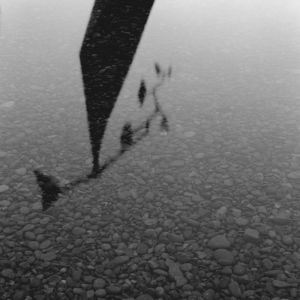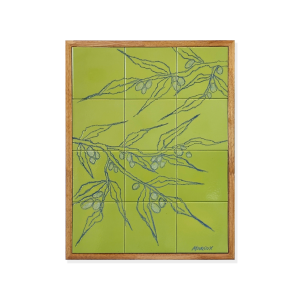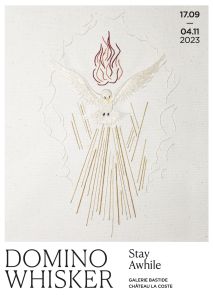Featured artist : Damien Hirst
Damien Hirst is a multidisciplinary artist, born in Bristol in 1965.
After growing up in Leeds, he moved to London in 1984 and graduated in Fine Arts from the Goldsmiths College. Since the late 1980s, Hirst has experimented with a variety of media, from installation and sculpture to painting and drawing, in his exploration of the complex relationship between art and science, and between life and death. He was awarded the Turner Prize in 1995.
According to Hirst, ‘’art is a matter
of life and cannot be about anything else... There is nothing else’’. His work examines and challenges modern belief systems and dissects the tensions and uncertainties of the human condition. Hirst discovered the ‘unacceptable’ idea of death while still in his teens. From the age of 16, he regularly
visited the anatomy department at the University of Leeds, where he would practise drawing the cadavers. These experiences led him to confront the idea and understanding of living with the knowledge of death.
The artist has had over 90 solo exhibitions around the world and his work has been included in almost 300 group exhibitions.

unique pieces created exclusively for Château La Coste
Sculptures, objets design, dessins, peintures, broderies, impressions numériques, travaux sur papier
Limited edition artwork : what is it?
The term edition has become a generic one, concealing a wide range of techniques: lithography, screen printing, engraving and digital printing are the most common. These types of printing all have a different technical process that can sometimes be difficult to understand. It's time to unveil their technical aspects!
Lithography: a flat printing process. The artist draws with pencil or fatty ink on a limestone base, which is then coated with a chemical preparation (a solution of gum arabic slightly diluted with nitric acid). This enables the ink or pencil to be fixed to the drawn area only. The print is the result of the action of the rubber roller passed over the wet stone to deposit the parts drawn with pencil/ink. Once the stone is sufficiently inked, the paper is laid down and pressed.
Screen printing: a printing process often considered a stencil technique. It involves positioning a film on a screen to block ultraviolet rays where the ink is to pass through the mesh. This last action is performed using tools such as a doctor blade, and the ink can then be deposited on the substrate to be printed. The substrate is then fed into the screen-printing machine, where it is fixed. A highly flexible process, it enables us to print on a wide variety of substrates, and to vary the ink deposit by using screen meshes of varying fineness.
Pigment printing: this new process is a marking technique that involves spraying micro-droplets of pigmented ink onto a high-quality substrate. It eliminates all error-prone intermediate stages and shortens publishing times, while ensuring the closest possible match with the artist's desired hues and light.

Become a Château La Coste member
Enjoy exclusive benefits with the Château La Coste Membership Card!
By becoming a Château La Coste member, you enjoy a range of benefits for an entire year. These include :
- unlimited access to the Art & Architecture Trail and temporary exhibitions
- Exclusive reservations and information on our various events
- 5% discount on books and catalogs at the Art Centre Bookshop
- 10% discount on objets d'art and related products at the Art Centre Bookshop
- 10% discount on wines at the Caveau de vente
- 5% discount on all other products at the Caveau de vente
- 10% discount at Tadao Ando and La Terrasse restaurants
Don't miss your chance to become part of the Château La Coste family!
The Membership Card is available in 3 different formulas:
Solo (for 1 person)
Duo (for 2 people)
Family (for 2 adults and 2 teenagers aged between 10 and 17)























